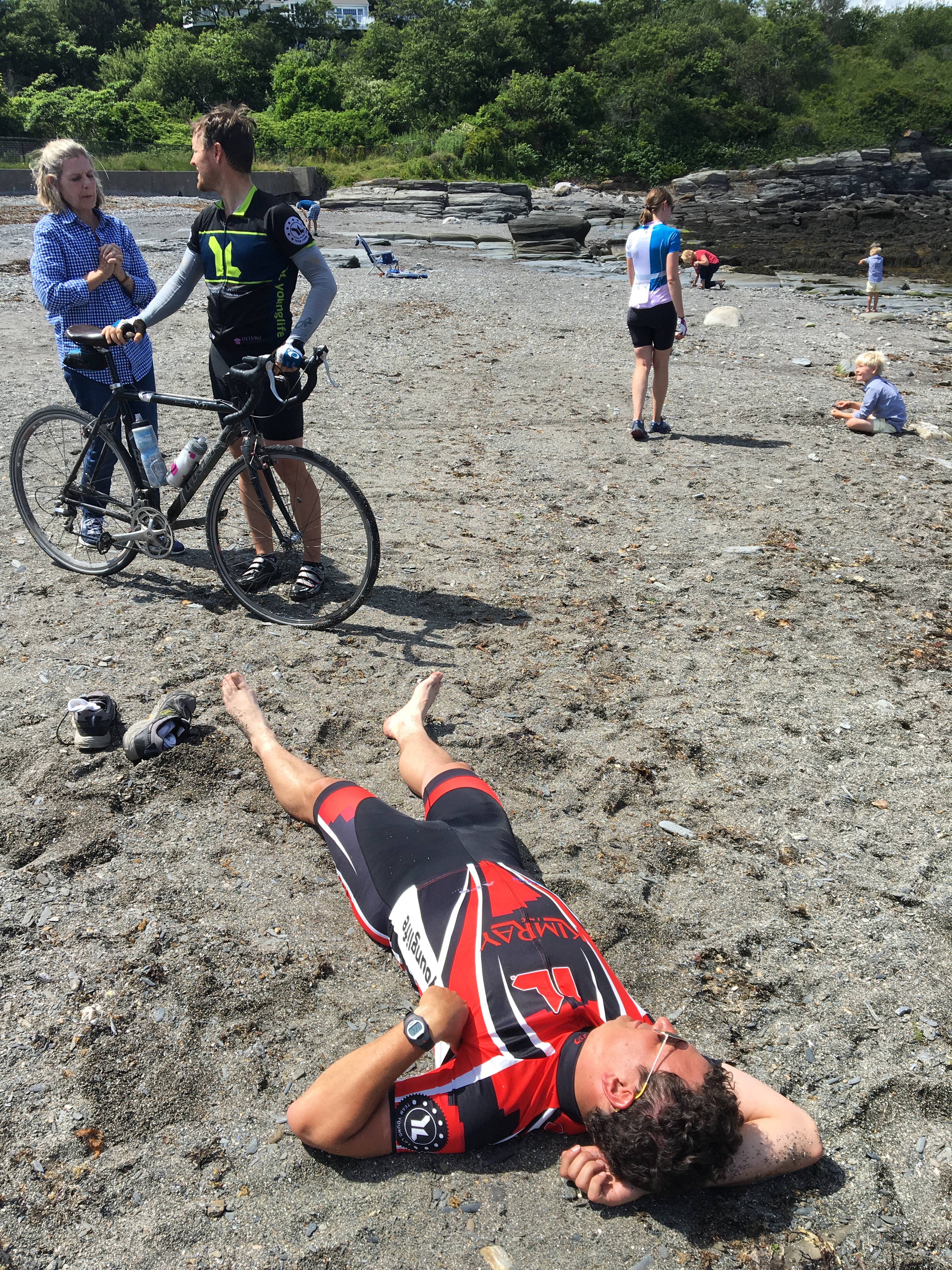
The modern world is such a paradox. We are more prosperous, more secure and more comfortable than ever before. Yet, we also seem anxious, depressed and generally dissatisfied. What is going on? What are we missing?
There is something about the modern wold that, at times, can just feel lacking. Days without any meaning. Activities we don’t truly experience. Conversations where everyone’s not really interested and never lead to a true connections. Activities we barely even remember doing. On bad days, it can feel like we have all turned into robots just trying to achieve metrics, numb to all emotions.

Numbness has been attributed to lot of things. Drugs. Alcohol. Certain psychological disorders. Deciding to be constantly be busy. Engaging in only surface level interactions. And, finally, being in a constant state of distraction. The consequences are dire. When we chose to numb ourselves to avoid negative emotions, particularly discomfort, we also deny ourselves positive emotions. We lose the ability to enjoy life.
Over the past month, what I have experienced is most easily described as the opposite of numbness. First, right after Thanksgiving, I returned to the all inclusive resort in Cancun I visited six years earlier.

It was a similar experience. Warmth. Beautiful sunrises over the Atlantic Ocean.

Activities by the beach and pool. And, like last time, I made friends with both the other guests of the resort and the staff that coordinated the activities. It ended up being a very emotional experience. Every day I would go to Spanish lessons.

And, I would regularly try to conduct conversations with the staff in Spanish. After several days, those that I had spoken to most started telling me how much they appreciated our conversations. They said that only about 5% of the guests that come to this resort even try to speak to them in Spanish. One of the employees even wrote a heartfelt note.

It was quite emotional and made me sad to leave. I often don’t feel appreciated in normal day-to-day life. It often feels like people are trying to mold me to adapt a certain set of opinions or maximize my output. Here, I felt appreciated for being myself; goofy, curious and friendly. I felt like I was leaving part of my heart in Mexico.

Then, I spent a week with family, with Christmastime in full swing in the Chicago metropolitan area.

The setting couldn’t be more different. I went from vacation back to performing my remote job. I went from sunshine and 86°F (30°C) warmth to clouds and temperatures near 40°F (3°C).

The source of appreciation this time came from little children; my nephew and niece, ages 7 and 5. There were activities and just quality time spent with family. One of them, due to the lack of snow was baseball. My nephew drew me a picture commemorating a moment we had in a backyard baseball game when I hit a grand slam and we did a grand slam dance.

Leaving this place was emotional as well. It feels good to feel appreciated. I wonder why we are often so bad at showing appreciation. I wonder why I am so bad at it. I spent most of my travel time between all of these destinations wishing that showing appreciation was something that just came more naturally.
Also, neither of these experiences were completely free of all the mechanisms attributed to numbness. At an all inclusive resort, plenty of alcohol was consumed.

This did not stop me from truly experiencing both nature and human connection in Cancun.
Time spent with family raising children is always quite busy.


But that did not stop me from being truly immersed in the activities.

What was common to both weeks is that life felt “full”, like I was generally truly experiencing connections with other humans, activities and the world around me. Whatever numbness is common in standard day-to-day life in 2022 was just not there. If we all have a kind of metaphysical door that opens us up to emotion and experience, both good and bad, mine was clearly open and despite the heartache of leaving both places after the weeks were over, it felt so much better than having it closed.
So, how can we escape this numbness that leads to all this dissatisfaction with life? One commonality to these two weeks is that they both involved significantly less “screen time”. When factoring in computers, smart phones and television, the average American spends over 12 hours per day (84 hours per week) in front of screens. These two weeks my time in front of screens was 12 and 34 hours respectively. I was also generally free of anxiety, tight timelines and other forms of negative stress. Perhaps, it is these two factors, constantly being distracted by notifications from our smartphones and/or stressed out by drama and tight timelines that keeps us emotionally numb. Perhaps, as problematic as dugs, alcohol and being constantly busy can be, the stress and constant distraction that prevents us from being truly present is the bigger issue right now.





























































































